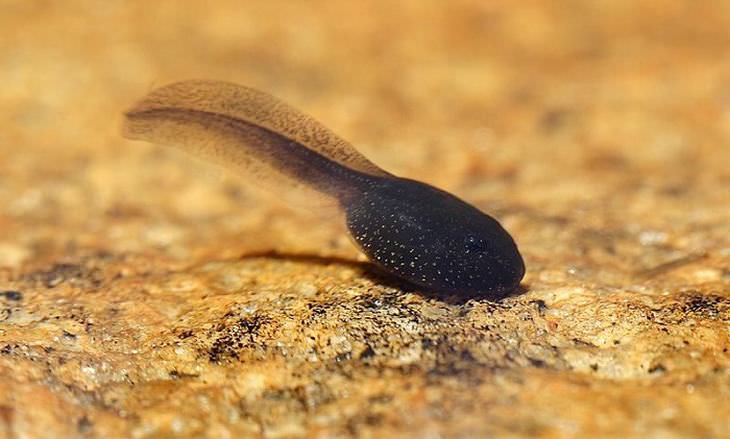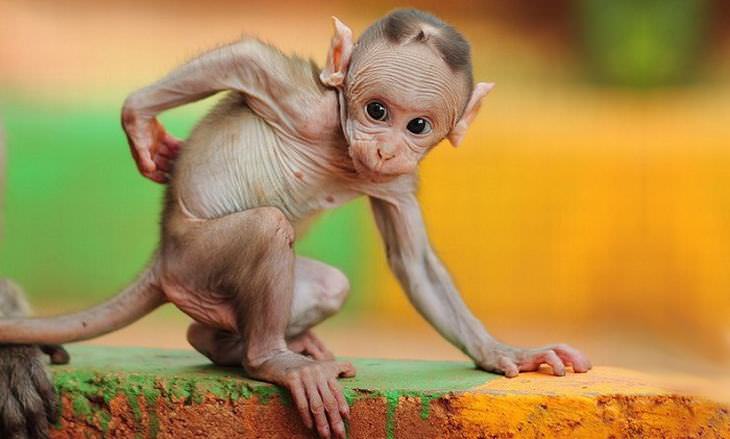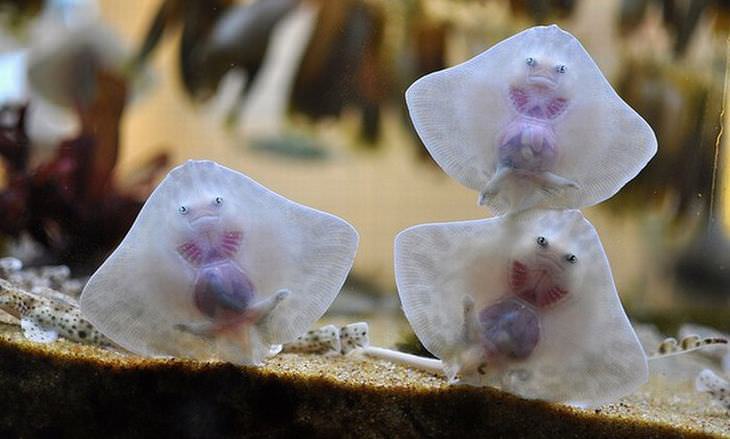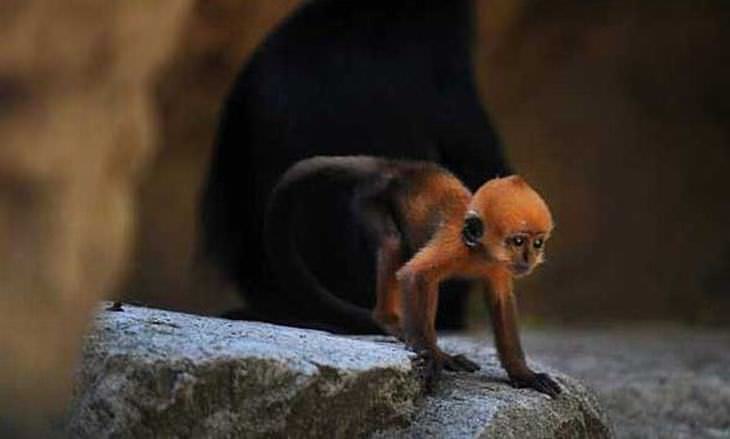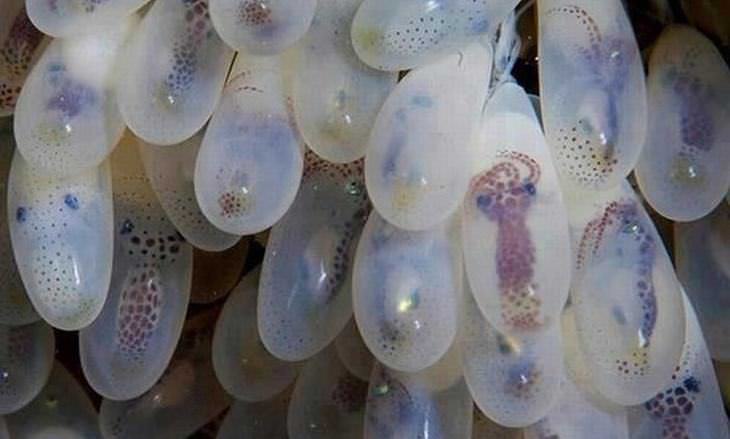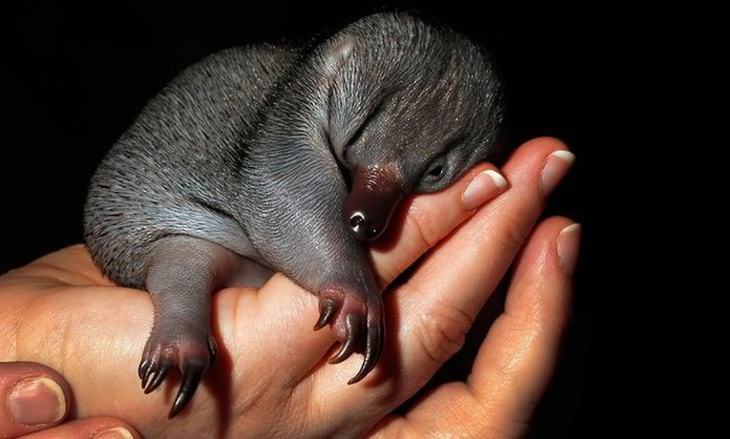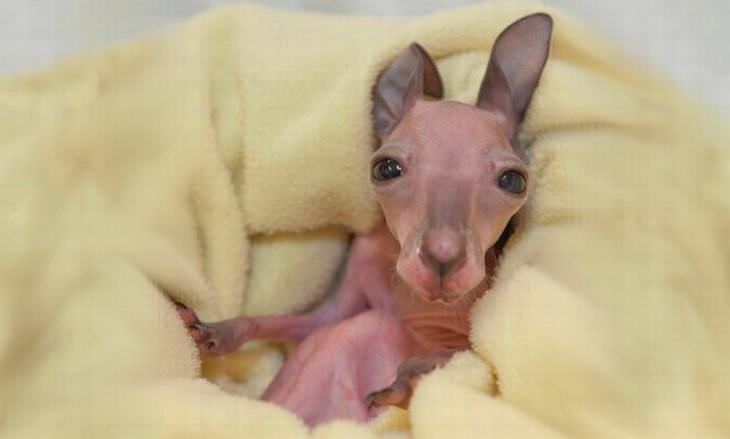
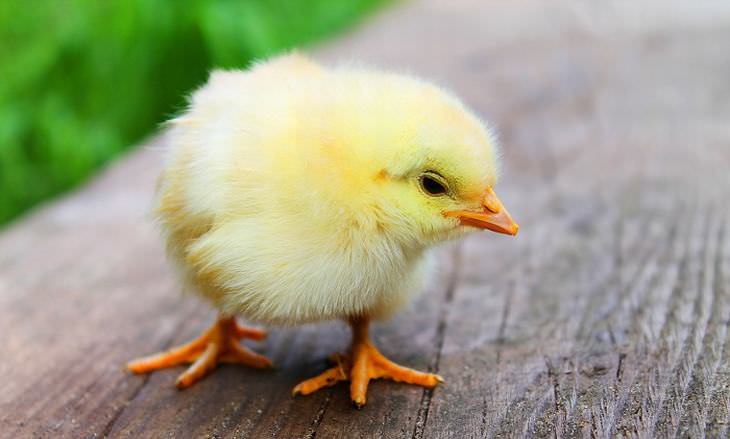
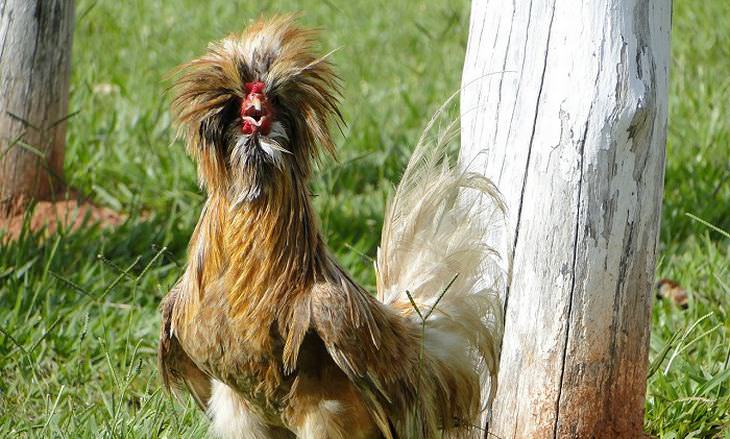
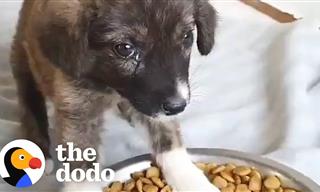 3:21
3:21
How Could Anyone Abandon This Puppy?
This little dog was abandoned on the streets, but was lucky enough to be found by a shelter owner.
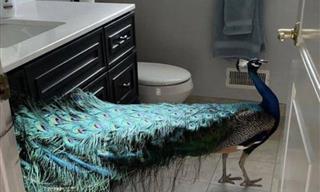
You Don’t Always Have to Venture Out to See Cute Animals
Sometimes, nature comes to us. Check out these unexpected animal encounters!
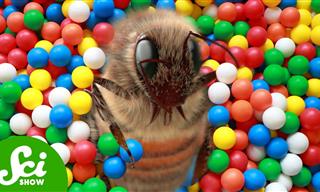 6:37
6:37
Bumblebees Are Even Cuter Than We Imagined!
Believe it or not, bumblebees like to play ball. Here's what it looks like.

These Record-Breaking Dogs Will Amaze You!
From a dog that's over 3 and a half feet tall to a dog that can ride a scooter at an incredible speed, everything you're about to see is sure to amaze you!
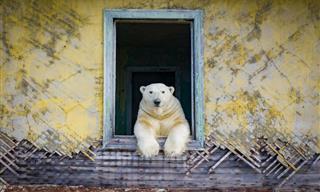
Polar Bears Took Over an Abandoned Weather Station
Here are 11 photos of Polar Bears that traveled far away from home... Where did they end up?
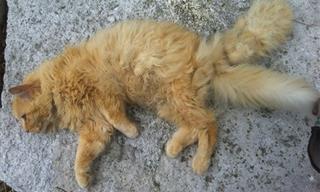
14 Animals with Rare and Unique Anatomical Features
Celebrating our differences is important, and these 14 animals definitely have some rare and unique features that make them stand out!
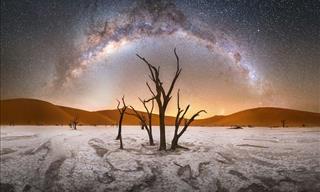
The Best Photos of the Milky Way Taken From Perfect Places
Take a look at the vivid colors of the Milky Way from the most remote and gorgeous locations in the world in this collection of photographs
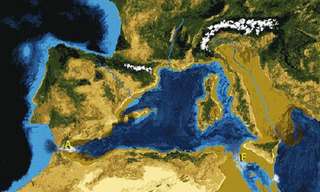
16 Bizarre Facts That Are So Strange They Could Only Be True
Sometimes science is so bizarre it blows the mind. Read These 16 fascinating facts that prove that truth is stranger than fiction.
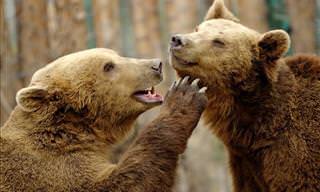
These Animals Can Teach Us a Thing or Two About Love
Love. It's not only an emotion expressed by humans. Here are 15 beautifully captured photos of animals that can't help but showcase their love to one another.
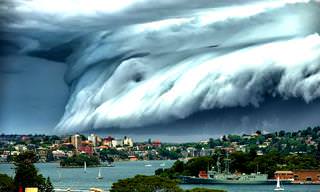
These Natural Phenomena Will Leave You Completely Aghast
Some of the natural phenomena in this world are completely unique and really need to be seen to be believed. Here are 25 phenomena
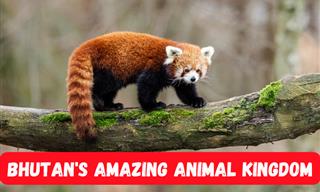
15 of Bhutan's Most Riveting Animals Revealed!
From the clouded leopard to the Himalayan monal, discover the wonders of Bhutan's wildlife kingdom with us.

These Are the Best Nature Walks in the Entire World
There's no doubt that walking in nature is good for the soul, so imagine what it would do for you along the very best routes in the world. Here are 10 of them.
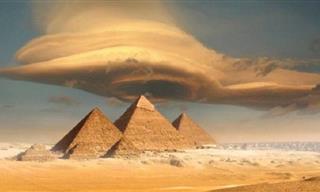
Nature is Amazing in So Many Ways – 20 Beautiful Pics
The wonders of nature never cease to amaze us. Check out some glorious nature pics here.
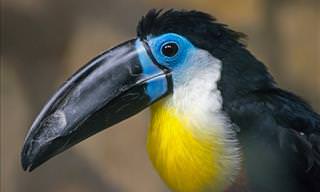
Witness the Beauty of Birds in This Gorgeous Collection
In this collection, we’ve compiled the very best bird photos we could find - from stunning birds or paradise to most exotic birds on Earth
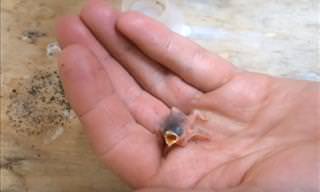 13:49
13:49
Say Hello to the Tiniest Bird You'll Ever See!
How small is the tiniest bird ever recorded? Watch this video and find out!
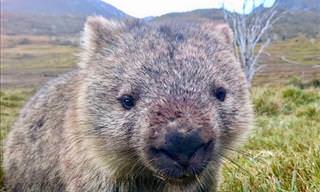
Australia Is Home to Some of the World’s Cutest Animals
Australia is home to most living marsupials, a family of mammals unlike any other on earth.
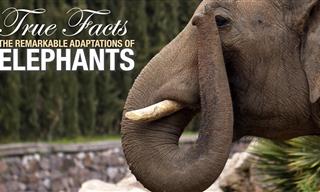 16:05
16:05
Hilarious Nature: True Facts About Elephants!
Come with us as we explore this huge mammal, make some jokes and meet one of the smartest and most fascinating of all animals, the elephant.

10 Beautiful Horse Breeds Everyone Needs to Know About
We humans owe horses so much thanks to the role they've played in human history. These are probably the 10 most interesting breeds of all.

15 Mind-Blowing Facts About Our Feathered Friends
From your friendly neighborhood crow to some of the rarest bird species in the world, here are 15 fantastic facts about birds.
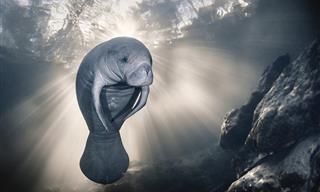
Incredible Undersea Photography: 16 Award-Winning Pics
Check out the breathtaking winners of the Underwater Photographer of the Year 2023 contest.
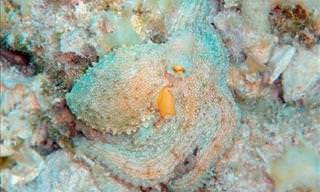
20 Mindblowing Examples of Animal Camouflage
Nature truly is amazing! Take a look at these 20 photos, and see if you can spot the camouflaged creatures!
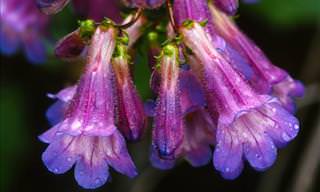
Save Money on Watering with These Drought Tolerant Plants
Here are 10 low maintenance perennials that will grow year after year.
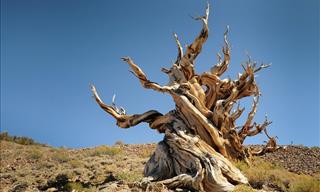
5 Ancient Forests and What You Can Find There
This list contains 5 of the world’s most ancient forests that stood here far longer than us, their must-see spots and how to get there
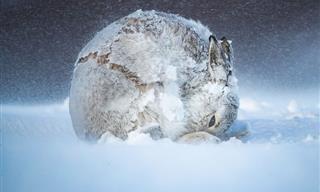
16 Award-Winning Shots That’ll Take Your Breath Away
The 2020 winners of the nature photography competition BigPicture have been announced, and they are astounding!
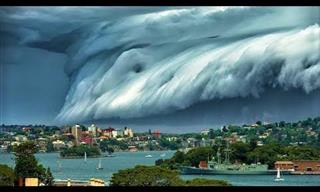 7:43
7:43
7 Fascinating Natural Phenomena Science Can’t Explain
From the Great Blue Hole in Belize to the Sailing Stones in CA, this video will introduce you to 7 natural phenomena science isn't fully able to explain.

World's Finest Wildlife Images Crowned for 2023: 16 Pics
Check out the outstanding winners of One Eyeland’s 2023 Wildlife Photography Awards.
 13:49
13:49
This Man Saved the Tiniest Bird You've Ever Seen
This video is heart melting. Such a good guy this man is, saving the tiniest birds you've ever seen. See the tiny eggs transform into tiny creatures of fluff and feather.
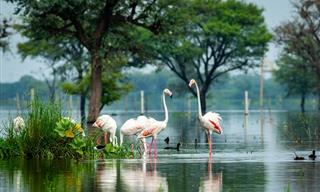
Bird Watchers’ Paradise: 7 Stunning Bird Sanctuaries
If you love birds, then pack your bags and take a trip to these wondrous bird sanctuaries.
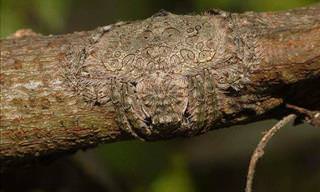
Nature Is Full of Mystery When You Look at These Photos
Take a look at these amazing photos of nature which depict so much mystery.
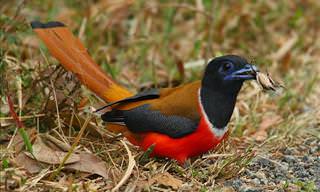
Witness the Stunning Majesty of the Birds of India
If you're a bird lover, then few places on this planet are more ideal for you than India. Find out why here.
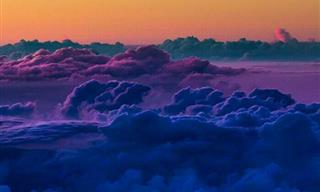
16 Photos That Showcase Our Planet’s Breathtaking Beauty
Check out these unbelievably picturesque photos from around the world.
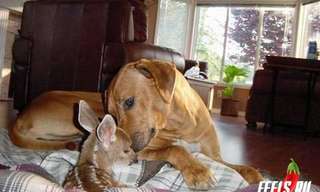
Animals Don't Need the Word Love. They Use It All the Time.
The Animals Fell In Love Today...

Prepare to Witness the Majesty of Mother Nature!
If you love nature even half as much as I do, then this stunning collection of photographs is bound to take your breath away, and leave you gasping for more!
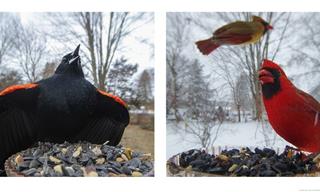
This Woman Takes Incredible Wildlife Pics With Hidden Cams
A woman has set up a secret camera in her backyard bird feeder and ends up capturing the most interesting wildlife photos.
 3:25
3:25
Answered in Less Than 5 Minutes - How Sinkholes Form
Many sinkholes appear due to construction and mining works. So how do they form? Should you be concerned?
 14:17
14:17
Who Needs Superheroes When We Have These Dogs?
Take a look at the extraordinary stories of five remarkable dogs who save lives and stop crimes.
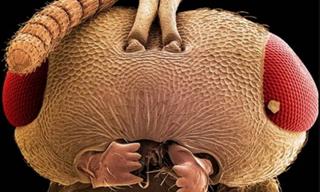
16 EERIE Close-Ups of Bugs Under a Microscope
Take a look at these terrifying close-ups of insect faces.
 6:34
6:34
Have You Ever Seen a More Beautiful Garden Than This?
Kayoichou Park is situated in Kasuya Town on the edge of Fukuoka City on the island of Kyushu, Japan. Take a look at the stunning rose garden there.

These Pictures Perfectly Capture the Magic of Fall
Enjoy this beautiful collection of fall pictures.
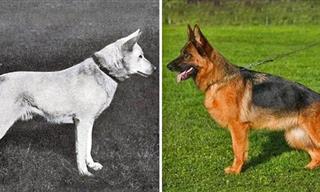
What Did These Breeds Look Like a Century Ago?
Certain breeds of dogs have changed a lot over the last century. Check out some of their evolutionary changes here.
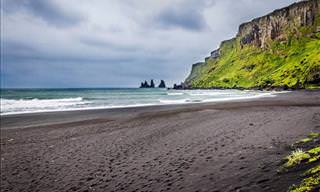
Black Sand & Blue Seas Make These Beaches Spectacular
As beautiful as the beaches may be, there is something alluring and mysteriously beautiful about black sand beaches. Take a look.

The Colors of Nature Are Truly Spectacular
Sometimes, those that differ from the crowd shine the brightest, as these unique brightly-colored animals prove.
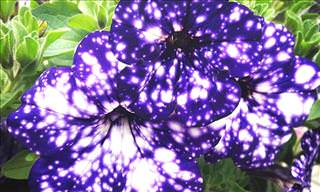
These Flowers Capture a Starry Night On Their Petals
These wonderful flowers appear to have the night sky captured in their very petals. View some stunning photos of them and learn more about them.

These Dogs Have the Best Hair Day, Every Day.
I have never seen dogs that look so amazing before. They all have such beautiful coats of hair!
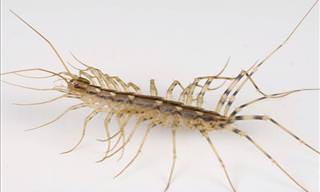 5:35
5:35
Stop Killing Centipedes in Your Home! Here's Why...
When it comes to common house centipedes, it many be far more beneficial for you to simply leave them alone instead of killing them. Here's why.
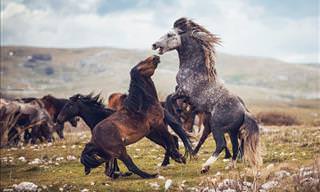
These Beautiful Photos Capture The Majesty of Wild Horses
Few animals can compare to the majestic and beautiful wild horse.



